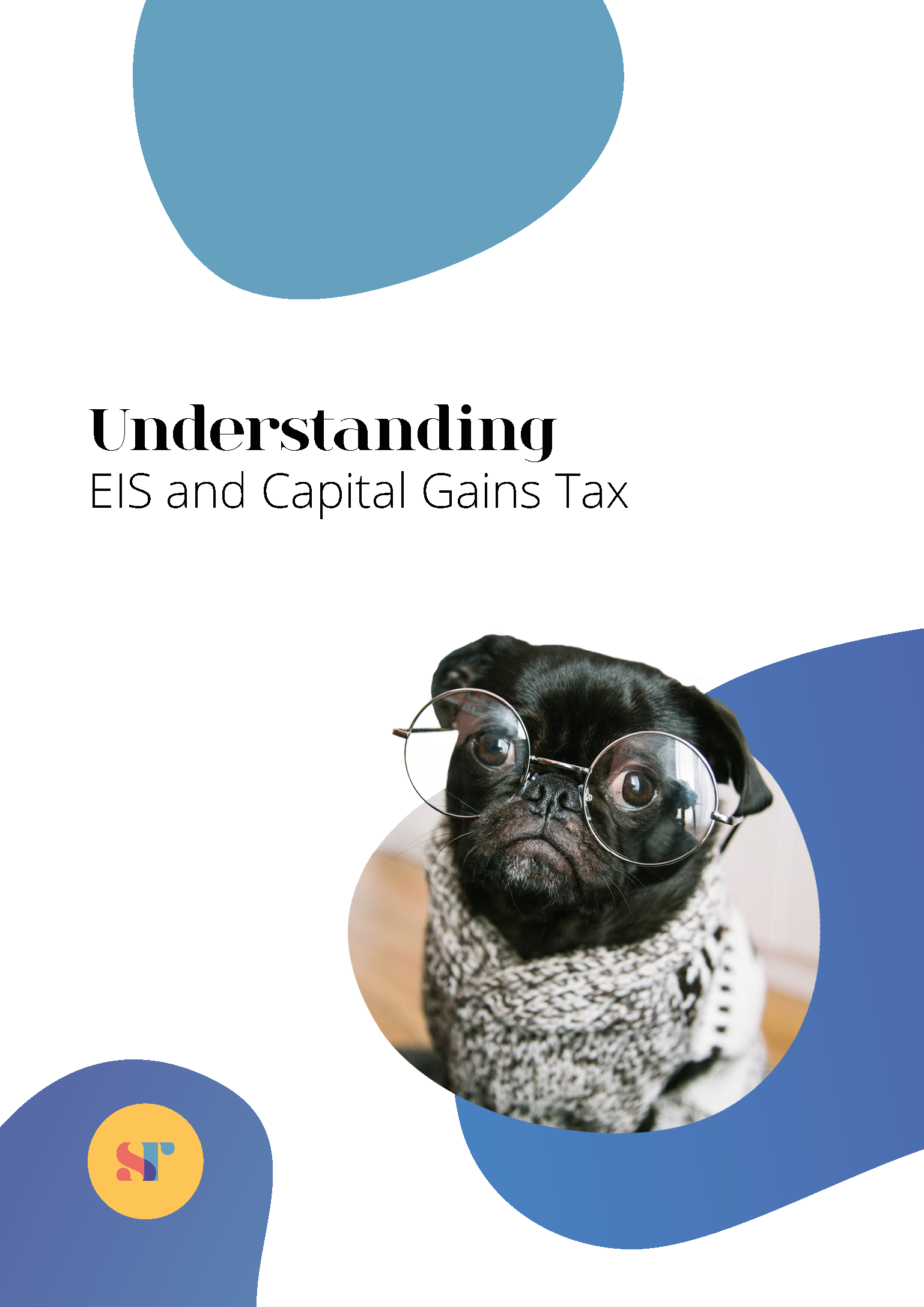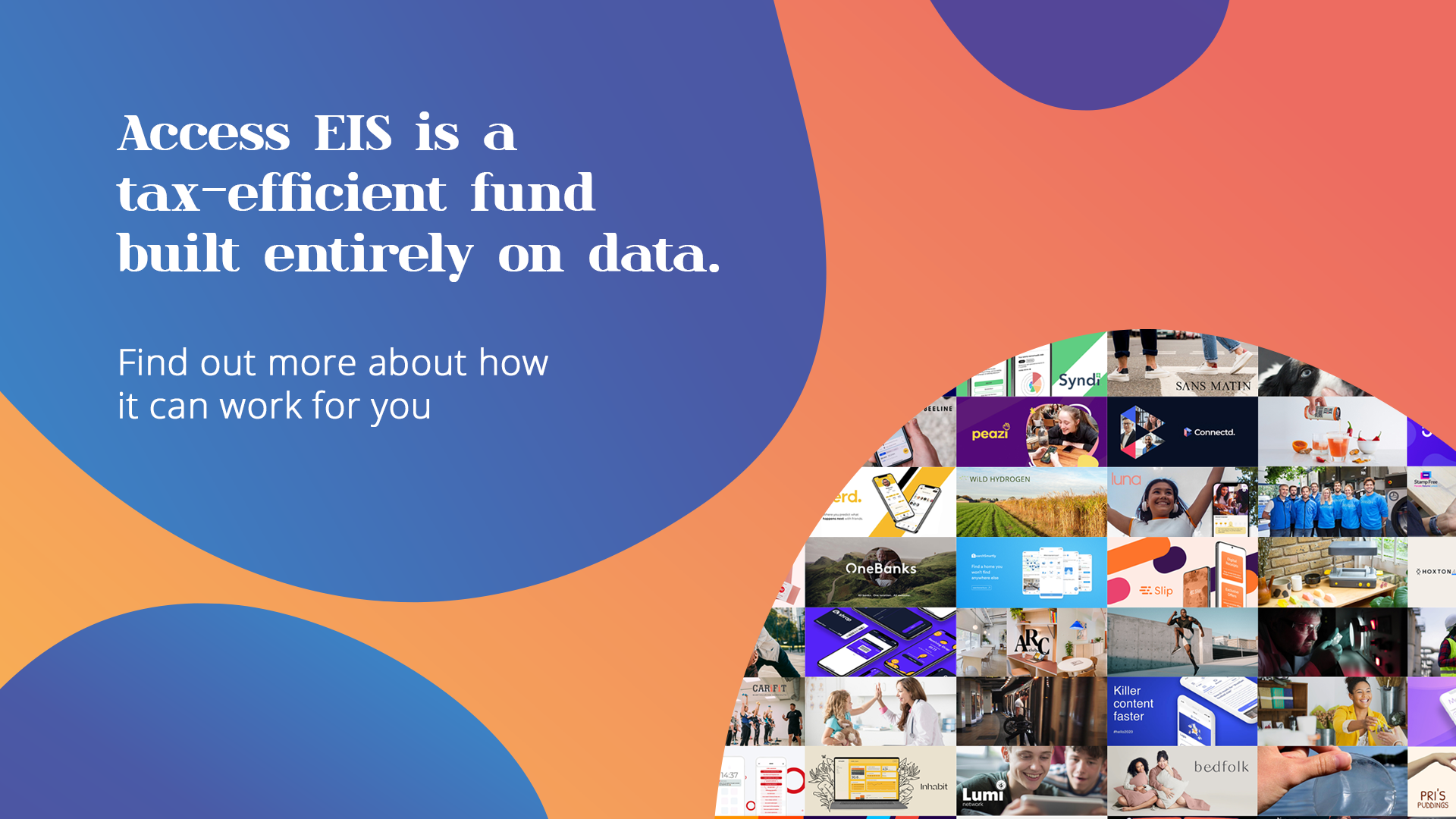Rate freeze and fiscal drag
While Jeremy Hunt’s Autumn Statement talked a good game about tax cuts, unfortunately, beyond a cut in National Insurance Rates (employees earning between £12,570 and £50,268 will see their contribution cut from 12% to 10% from 6 January), very little has changed and taxes remain at their highest level on record. Indeed, an increasing number of people may actually find themselves paying higher taxes thanks to fiscal drag.
What is fiscal drag? This is the process by which people end up paying a larger portion of their income as tax when increases in their income see them ‘dragged’ into higher tax bands. With National Insurance and income tax bands frozen at their current levels until 2028, instead of rising in line with inflation, it’s not surprising that, compared with three years ago, 2.2 million workers now fall into the basic income tax band, while 1.6 million more people now fall into the higher band, paying 40% income tax.
It’s for this reason that freezing tax rates is considered a ‘stealth tax’, and the result is that, according to the UK's official forecaster, the Office for Budget Responsibility (OBR), has estimated that almost four million more people will be paying income tax and three million will be ‘dragged’ into the higher bracket by 2029.
Managing income tax with EIS
Fortunately, one method to manage income tax also got a mention in the Autumn Statement. The Enterprise Investment Scheme (EIS) was mentioned as its sunset clause was extended to 2035, lifting a weight off many investors’ – and founders’ – shoulders, for the foreseeable future at least. While the need for a sunset clause at all is a topic for another article, the newly reinforced viability of this scheme for investors looking to manage their income tax bills – and to support innovation and the economy, while potentially seeing outsized returns – is certainly welcome.
For those unfamiliar with EIS, it’s a scheme that incentivises investment into small UK businesses with a raft of tax reliefs. Foremost among these is income tax relief of 30% on investments of up to £1m. This ceiling rises to £2m if the first million is invested in knowledge intensive companies.
Investors are able to invest up to £1m – that’s a handy £300k off their income tax bill for starters. But even for the rest of us, it represents a significant saving. It is a high risk investment, so investors should certainly consider their own capacity for risk and consult with a financial adviser before making a decision – essentially, don’t invest anything that you can’t afford to lose, because that can and does happen – but when you start to add up the other benefits alongside the income tax relief, it does start to become a more compelling proposition.
Will you get returns?
You might! And for what you put in, they certainly have the potential to pay back at an impressive rate of return. Obviously, there are no guarantees – all the companies in your portfolio could fail, see insignificant growth, or exit at a loss. But, you might be fortunate enough to invest in the next Uber, Deliveroo, or whatever new Unicorn takes the market by storm over the next ten years. The UK certainly has a strong track record in this regard: London is home to the largest number of unicorns in Europe (105, as of 2023), and it’s forecast to be home to the highest proportion of future Unicorns too, according to a report by Swedish VC, Creandum.
Most venture capital funds target a return of around 3x, which is considered to be a realistic level of growth for companies to achieve over the course of the investment (it’s a long term investment, as companies take at least five, and more likely seven to ten years to mature and grow). But just as 3x isn’t guaranteed, neither is there any particular limit on what companies go on to do, so all investments in EIS have the potential to see returns in the high multiples.
Naturally, there are certain approaches to EIS investing that give investors better return potential, one of these being to build large portfolios so that any losses only represent a small proportion of your overall holding. See this article on why building large portfolios is a good strategy, and how UK VC returns follow a power law distribution, if you’d like a bit more depth.
Will you get returns TL:DR? You might, you might not, there is always risk associated with smaller company investing. But if you do, they could represent a significant return on investment.
What else do you get?
While we’re talking about EIS we should mention the other tax reliefs investors receive:
Capital gains tax deferral (defer a gain for as long as you hold EIS shares)
Capital gains tax disposal relief (no capital gains tax to pay on disposal of EIS shares)
Inheritance tax exemption (EIS shares qualify for business relief, so are exempt from IHT after two years)
Loss relief (offset a loss made on an EIS investment against your income tax or CGT bill)
Who invests in EIS?
Before you dismiss EIS as a scheme for the super rich only: it isn’t. Minimum investments in some funds are as low as £5,000, so even if you don’t have millions to invest in high risk startups, you can still gain access to income tax relief, the potential for sizeable returns, and all the other tax reliefs (which can certainly come in handy, particularly if you’re planning to sell a second home, or are anxious about your inheritance tax liability) for a relatively small outlay.
It’s not a scheme you should choose for guarantees of gradual growth, or as a pension replacement (though it can be useful as a tax efficient investment held alongside a pension). But, for experienced investors who are comfortable with a certain level of risk, or for those looking to diversify an existing portfolio with a smaller investment in the private markets, it can present a compelling opportunity.
Where to start?
If you’re interested in finding out more about investing in EIS, a good place to start is by finding a fund that suits you. You can use the link below to schedule a call with us, and we’ll talk your through our approach to EIS investing.
Our approach to EIS investing is based on our finding, after three years of analysing the UK startup market, that as a whole, the market sees consistent annual growth of around 25-31%. Our fund model is built to gain access to this growth by co-investing with leading angel investors who have demonstrated they can outperform the market, and by building large portfolios of 50+ companies for our investors to optimise return potential. Our approach has made us one of the UK’s most active funds – according to Beauhurst, we were the second most active fund in the London region in 2022 – and our 2020 and 2021 cohorts have seen growth of over 40% to date.
If you’d like to find out more about us, and our fund – The Access EIS Fund – our website will give you more information about our innovative approach to EIS.
Get your free guide to EIS and capital gains tax

Manage your capital gains with EIS.
The Enterprise Investment Scheme offers investors significant tax reliefs which range from income tax relief to capital gains tax (CGT) deferral and disposal relief. If you want to get up to speed on EIS CGT deferral rules, the CGT deferral relief time limit and more, download our free guide to how the capital gains tax reliefs work, how to claim them and how to get started as an EIS investor.
Register to learn
more about our data,
fund and venture capital

